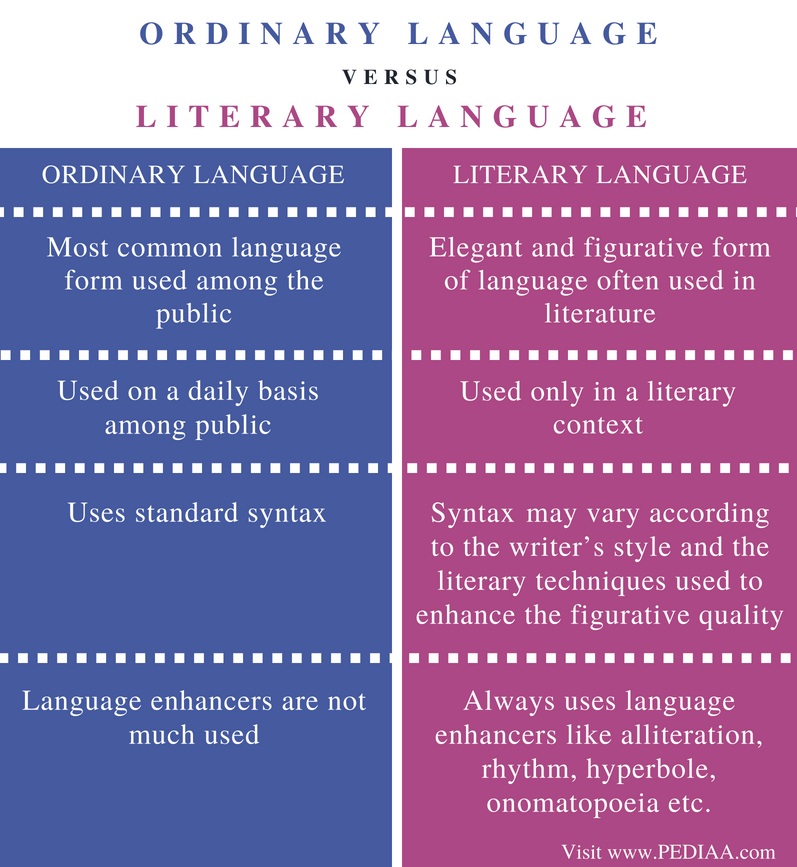

To show you how it can be used outside of your average sword-and-sorcery books, we’ve adopted the 1976 film Rocky as an example in each step. But when you’re struggling to figure out what should happen next, it can act as a narrative arc guide to suggest what the next milestone should be. You can instead think of it as a map: you can stray from the set path whenever you like.

But keep in mind that you don’t necessarily need to follow it beat by beat.

The Hero’s Journey can be decoded in everything from The Lion King and horror novels to Star Wars and Arrival. In 2007, screenwriter Christopher Vogler refined Campbell’s original structure in his book, The Writer’s Journey. In it, Vogler expanded upon Campbell’s three phases, defining 12 stages that make it up.

Act 3: The Return: the Hero returns in triumph.Act 2: The Initiation: the Hero ventures into unknown with many trials and challenges.Act 1: The Departure: the Hero leaves the Ordinary World.The phrase was created by academic Joseph Campbell in 1949, and refers to a wide-ranging category of tales in which a character ventures out to get what they need, faces conflict, and ultimately triumphs over adversity. The Hero’s Journey is a classic storytelling structure which can be found in many legends, movies and even business narratives. Recode 5: Leadership Recoded: Management, Courage, Performance, Transformation.Recode 4: Work Recoded: People, Organisations, Agility and Transformation.Recode 3: Innovation Recoded: Creativity, Design, Innovation, Business Models.Recode 2: Growth Recoded: Strategy, Markets, Brands, and Customers.Recode 1: Future Recoded: Change, Purpose, Vision, and Scenarios.It was the first of a whole new menagerie of particles that theorists proposed as quantum field theories evolved – and that later popped up in reality. The positron, the first antimatter particle, was duly discovered in cosmic rays a few years later. The Dirac equation had a sting in its tail: it predicted the existence of a particle identical to the electron in every way, apart from the opposite electric charge. Heisenberg’s quantum uncertainty principle, meanwhile, says particles can borrow energy from the vacuum for a certain amount of time. Special relativity says mass and energy are interchangeable, as embodied by the equation E= mc 2. In particular, you need to marry quantum theory with special relativity, Einstein’s theory of how space and time warp for things travelling at high speeds. But to explain their interactions in the real world, you need something more. Standard quantum theory as developed by the likes of Niels Bohr and Werner Heisenberg in the 1920s is fine for describing the workings of individual particles in isolation and at slow speeds. The British physicist Paul Dirac started the ball rolling in the late 1920s with his equation describing how relativistic electrons – and with it most other matter particles – behave. Quantum field theory marries the ideas of other quantum theories to depict all particles as “excitations” that arise in underlying fields.


 0 kommentar(er)
0 kommentar(er)
